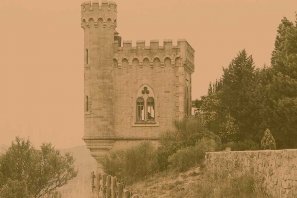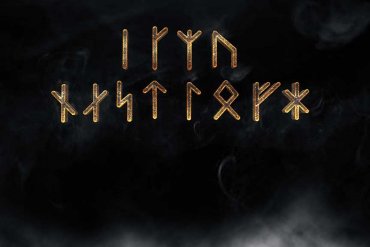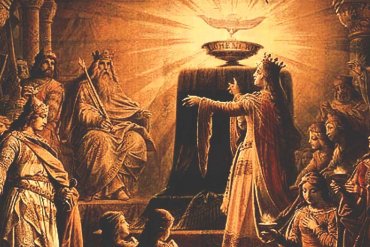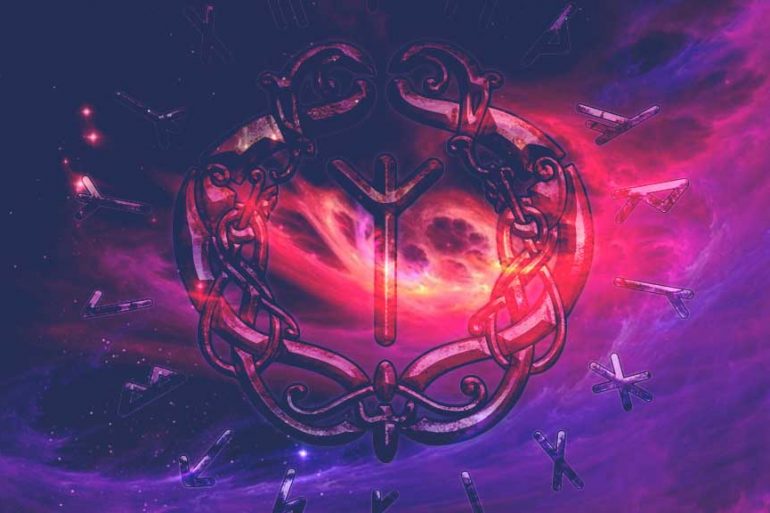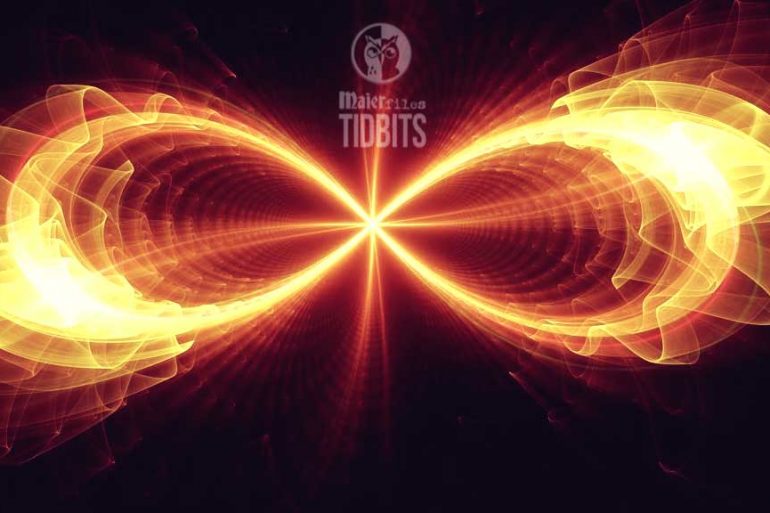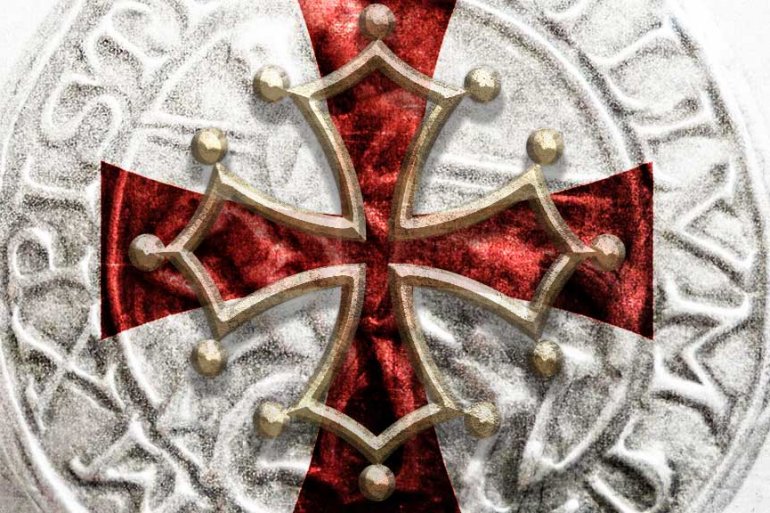In traditional teaching the location of the center or primordial seat of the Olympian civilization of the Golden Age is to be found in a Boreal or Nordic region that became uninhabitable, Hyperborea. This tradition of Hyperborean origins, in its original Olympian form or in its new emergences of a heroic type, is at the basis of founding or civilizing deeds performed by races that spread into the Eurasian continent...
Foreword to the book Mysteries of Templar Treasure & the Holy Grail: The Secrets of Rennes Le Chateau by TIM WALLACE-MURPHY. The mystery of the Abbe Berenger Saunière, the free-spending parish priest of the small hilltop village of Rennes-le-Château has, over the last thirty years, taken on a vibrant life of its own, enlivened with tales of hidden treasure, accusations of heresy, and allegations of fraud, murder, and general mayhem in...
In Sanskrit, skull cups are known as kapala, and they are generally formed from the oval section of the upper cranium. They served as libation vessels for large numbers of deities, which were mostly wrathful. However, they are also seen with gods such as Padmasambhava (India), who holds the skull cup, which is described as holding an ocean of nectar that floats in the longevity vase. This Elixir was at the heart of many secret orders and was one of […]...
From his seat in Asgard, Odin, observed the Norns at the base of Yggdrasil, and envied their skills and their foresight. The god twisted his will toward the undertaking of coming to know the Runes. The native home of the runes is the Well of Urd with the Norns and since the runes do not reveal themselves to any but those who prove themselves worthy of such fearful insights and...
In the early 1180s, as the shadow of Saladin lengthened over the Holy Land, a nobleman with Merovingian ancestry, Philip d’Alsace, count of Flanders, commissioned the greatest poet of the age, Chrétien de Troyes, to do a French reworking of a strange tale about a poor knight, the son of a widow, who attains the kingship of the Holy Grail. Philip d’Alsace Philip supposedly found the tale in an ancient...
Man rune or Algiz and its traditional link with the Grail mysteries. In its origine a rune is a puzzle and a mystery above all else. Only in a later epoch Runes became also letters or writing symbols. In antiquated times only a certain codified group rune staves became writing signs or an alphabet. In the later obscure German custom of the nineteenth and twentieth centuries, supernatural hypotheses about how and when the runes started and what their uses were in ancient […]...
Grimm writes that the Hörselberg of Thuringia was still considered in the 10th through 14th centuries to be the residence of the German goddess Holda and her host. He cited legends of night-women in the service of dame Holda. Those women rove through the air on appointed nights, mounted on beasts. He asserted that they were originally dæmonic elvish beings, who appeared in woman’s shape and did men kindnesses. Grimm...
The story of the Holy Grail is a rich and complex narrative set in the context of Arthurian tradition and the medieval world of knighthood and chivalry. These romances reflected the lifestyle and aspirations of an elite, the men and women who dominated the feudal world. The narratives produced during this relatively brief period have a universal appeal, and subsequent readers have interpreted them in different ways. Whatever conclusions, they...
The Hidden Wisdom in Arthur’s Grail – In the Celtic sources that are the assumed origin of the Arthurian legends, we are told that the Grail is a cauldron, a symbol both of fertility and immortality. The cauldron was a powerful religious icon of its day. As mentioned earlier in another post, it brought forth marvellous and magical feasts, revitalizing and resurrecting great and powerful armies. According to Gardiner, as he wrote in his book the Serpent Grail, it was […]...
The Grail secret and Wolfram von Eschenbach’s Secret of the Holy Grail. The most significant of all the Grail romances is “Parzival”. The Bavarian knight, Wolfram von Eschenbach composed this master piece between 1195 and 1216. In his version, the Grail is uniquely a stone. And referencing a stone or rock is the key to finding illuminating Biblical passages. Especially of a “rejected stone.” Von Eschenbach claims he based his...
The mysterious relic —which could be at one and the same time a chalice, a book, a stone, or a person— was seen as existing both on the earth and at a remove from it. In the poem The Later Titurel, it hovers above the world, untouched by human hands and supported by angels. In the Perceval of Chrétien de Troyes and the Parzival of Wolfram von Eschenbach, it is...
The French historian Raimonde Reznikov’s book ‘Cathares et Templiers’ can be something of a scholar’s antidote to the wilder extremes of conspiracy mongering. As reported by Reznikov, besides the evident link that Templars and Cathars were suppressed by shared conspiracy between state and church, the solely genuine sympathetic link originated from the imaginations of eighteenth-century Freemasons. She writes: The Templar mythology, fabricated in the 18th century in the bosom of German lodges by the vanity of Freemasons, desirous to join […]...


